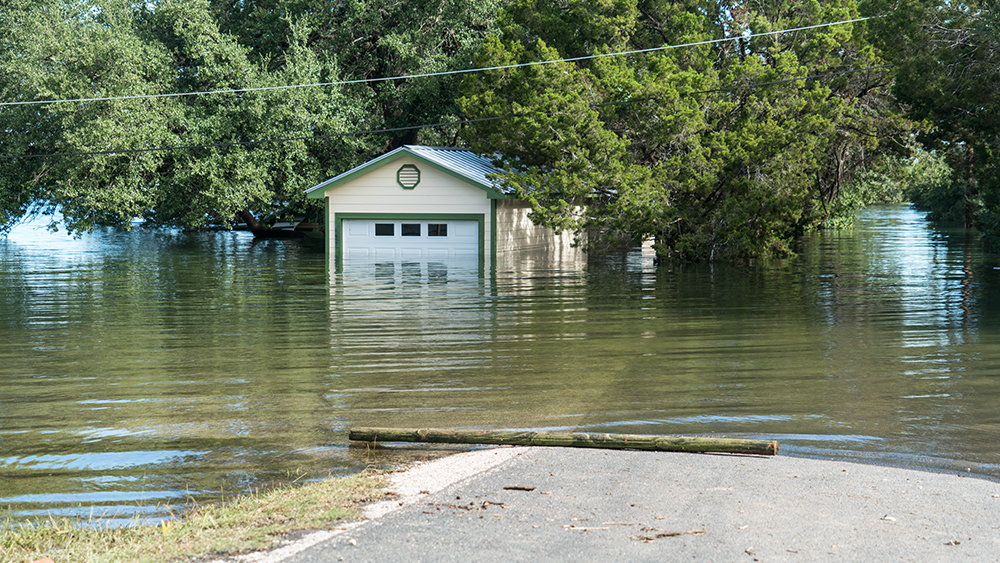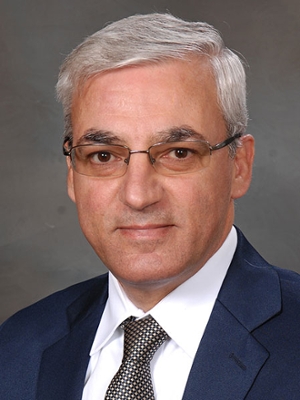
It happens in a flash.
That’s how it got its name. It quickly rushes through homes, vehicles and entire communities, leaving behind a devastating path of destruction. It’s among the top weather-related killers in the United States. Flash floods hit with little lead time or warning, but Dr. Nasir Gharaibeh and a team of scientists are working to reduce flash flood fatalities and injuries through better mitigation measures.
“This project will increase our understanding of why unsafe conditions exist during flash flood events and how to reduce or eliminate these conditions,” said Gharaibeh, associate professor in the Zachry Department of Civil and Environmental Engineering at Texas A&M University. “Problems are best solved by correcting their root causes, rather than reacting to their symptoms.”
Work began in September 2019 with the development of algorithms for searching the web and social media for data on approximately 41,307 flash flood events that have occurred over the past 10 years in the United States.
Gharaibeh said a primary goal is to enhance public safety by creating the data and framework for disaster mitigation efforts employed by local and state governmental agencies. This would include enhancing emergency response and capital improvement plans.
“We are working with community civic groups (nonprofit organizations) in six cities in the Balcones escarpment, a line of low hills that extends through Central Texas and is often referred to as the Flash Flood Alley,” he said.
Flash Flood Alley includes the Hays County cities of San Marcos, Dripping Springs, Wimberley and Kyle, and the Bexar County cities of San Antonio and Schertz. In urban areas, flash flood formation and impacts are affected by land cover and the built environment, such as drainage networks, streets, tunnels and building.

“The study is not limited to urban floods, but the flash flooding process is more complex in urban areas and will require a focused approach,” he said. “We are excited about this project because it allows us as engineers to help communities mitigate the risks of flash flooding in a holistic way.”
Gharaibeh said an interdisciplinary approach is needed for this study for several reasons — engineering because of infrastructure and hydrology; social sciences because low-income populations living in poorly protected housing and neighborhoods are most vulnerable to flooding; geography because of the spatial nature of floods; and public health because of the need to understand the medical causes of injury or death from flash flooding.
The team working on this research includes co-principal investigators Dr. Fancisco Olivera, associate professor of civil engineering at Texas A&M; Dr. Lei Zou, assistant professor in the geography department at Texas A&M; Dr. Michelle Meyer, director of the Texas A&M Hazard Reduction and Recovery Center; and Dr. Garett Sansom, research assistant professor in the School of Public Health at the Texas A&M University Health Science Center.
This research is funded by a $350,000 grant from the National Science Foundation. Researchers estimate the project will take three years to complete.
Read more about this study from the National Science Foundation.